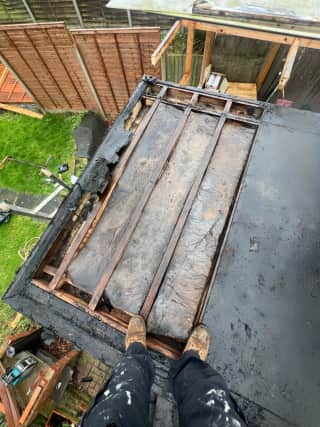How Much Is It To Replace A Garage Roof?
The size of your garage will be the main determinant of the cost of a new garage roof. However, the present condition of your roof structure as well as the type of roof covering preferred are also huge factors. In the UK, the cost of a garage roof replacement will be within the range of £700 to £3600.
The first step a pro will take is to remove the existing roofing while also making sure that the timber structure is in a good condition. In the event whereby the timber is rotten, it will need to be replaced before the installation of a new roof. If the garage roof sheets needs a replacement, you’ll have to spend about £30 to £50 per each garage roof sheets. Individual plywood sheet has around 2.4m x 1.2m in measurement and whose price should also be included in the final cost.
The above information applies only to standard roofing for garage roofs with flat roofs being made of bitumen felt and asphalt. In recent times, this is no longer the case with several more options available. Today, EPDM and GRP fibreglass have rapidly become very popular amongst several homeowners in the country. It’s also important to note that modern roofing has greatly advanced over the years even though both EPDM garage roofs and GRP fibreglass garage roofs are way better and of more quality when compared to felt and asphalt roofs. And thanks to modern technology, modern garage roofing possesses a longer life expectancy and as result, are a lot costlier than the conventional ones.
For a medium size single garage (2.7m x 5.5m), the cost for a felt roof per square metre is between £40 to £70, while that of a fiberglass roof and an EPDM rubber roof is between £90 to £110 and £70 to £100 respectively.


